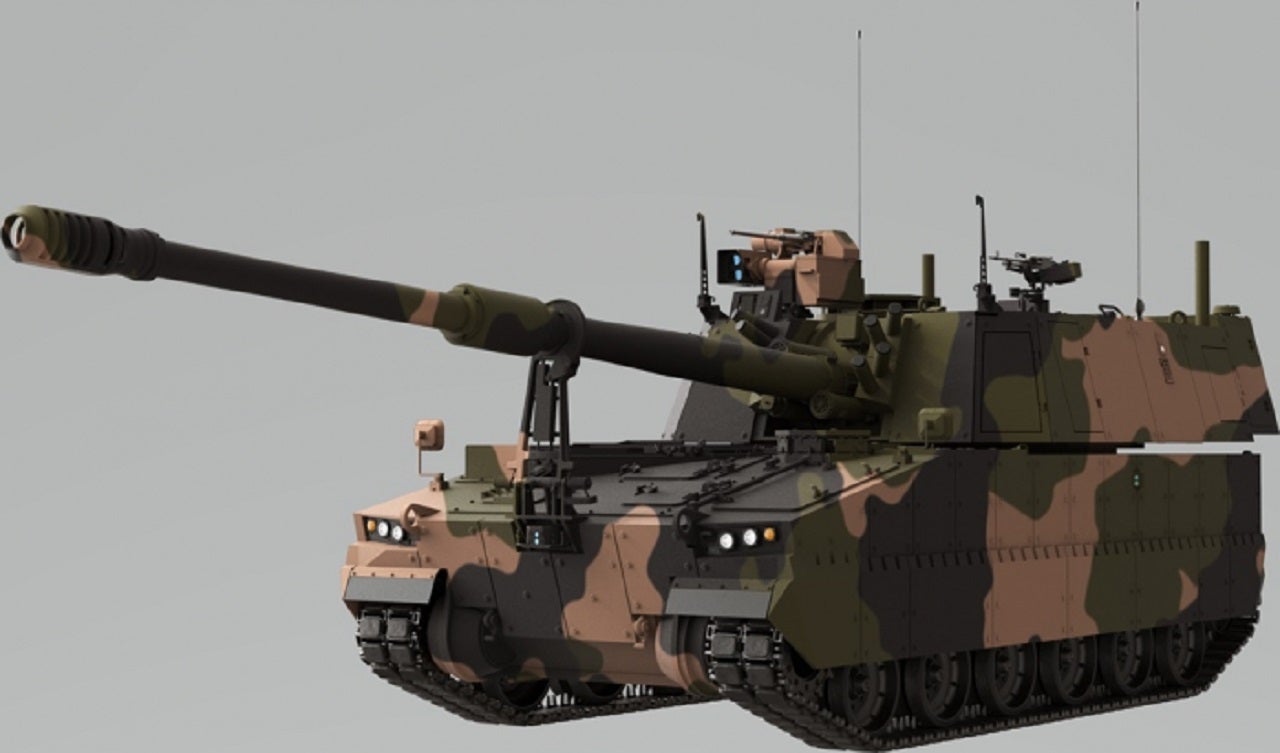
Hanwha Defense Australia signed a contract to supply the Australian Army with its Huntsman AS9 self-propelled artillery system. The ₩932bn ($785m) contract was announced earlier in December by Australian Prime Minister Scott Morison and the President of the Republic of Korea Moon Jae-in in Canberra.
Hanwha Defense is the first Asian prime contractor succeeding in a major Australian defence bid. The deal is part of Defence project Land 8115 phase 1, an effort that will see the acquisition of 30 AS9 Huntsman and 15 AS10 armoured resupply vehicles.
The vehicles will be manufactured at a new Hanwha facility that is set to be constructed in Victoria, Australia. The new vehicles will contribute to the transformation of the Australian Army’s artillery capability. Hanwha Defense Australia managing director Richard Cho tells us more.
Norbert Neumann: This is the first major defence acquisition by Australia from an Asian defence contractor. How important is this project for Hanwha Defense?
Richard Cho: The win is key in our developing approach to be more actively involved in the Five Eyes community. It will also position Australia to have a greater role in the Global K9 supply chain. We also envisage working closely with the Australian Army to add additional capabilities to the platform, such as automated logistics and networked UGS support systems.
The AS9 Huntsman was specially developed for Australia. How does the AS9 differ from the South Korean K9 and the K9 that Norway uses? Why were these modifications necessary?
The AS9 is the fourth-generation SPH based on the venerable K9 pedigree. The K9 and K9A1 (General one and two respectively) were for the Republic of Korean Army. The third-generation was the K9 Vidar for Norway and NATO.
The differentiators of the Huntsman are an increased protection package for both active and passive systems such as, configurable kinetic energy systems, upgraded mine-blast protection, mobile camouflage systems and hybrid slat fencing to name a few.
The self-protection is enhanced through greater digital situation awareness systems and a remote weapon station, and the mobility capabilities are upgraded to accommodate the increased mass.
Perhaps the greatest difference between first and fourth Generation K9s is the digitisation of the platform from the command, control, communications, computers and intelligence architecture through to the overall situational awareness, which further enables crew operations.
The Huntsman FOV is also joined by the C2 variant accommodating eight command post operators who can comfortably stand in the back whilst working and enjoy the same protection and mobility characteristic of the rest of the SPH battery. This new variant is built upon the AS10 armoured ammunition resupply vehicles chassis.
Why is the AS9 Huntsman the best choice for the Australian Defence Force?
The K9 and K10 fleets are now one of the most widely used and operationally proven systems in the world. The K9 has gone head-to-head with the world’s best SPH systems and has proven itself over and over again. Australia will benefit from the extensive global user community and significant upgrade and development pathway that has been set for the fleet. The K9 and K10 set of vehicles represent a systems approach to the high operational rates of fire and agility that modern indirect fire systems need to survive on the modern battlefield in a peer-on-peer engagement.
The construction of the new Hanwha factory in Australia is set to begin in 2022. Will the factory use local or South Korean workforce mainly? Why is it needed to build a new facility instead of using existing ones?
The factory is a key part of the HDA plan to create a sovereign and self-reliant Armoured vehicles business in Australia. The workforce will be Australian based and will utilise an Australian based supply chain with select integration with some of our key technology partners. As an example, we have already positioned a key Australian supplier to work with a South Korean-based company for the supply of parts into the South Korean Army supply and upgrade programmes.
To achieve this, and also to support our ambitions to grow the company both globally and in Australia, a new purpose-built facility was essential. The facility will house a research and development (R&D) centre, a training centre, a systems integration laboratory, and room to accommodate our growing Australian and international business partners who choose to locate with us.
We have created an Industry Development Unit which will coordinate activities across workforce skilling, growing Australian industry capability, and engaging with Australian R&D institutions, to ensure we have a viable and long-term approach to advanced manufacturing in Australia.
The production of the AS9 Huntsman will begin at the end of 2024. When do you expect to start delivering the howitzers and when do you expect to deliver the last of the 30 AS9 vehicles?
The first AS9s are scheduled to be delivered to the Commonwealth in the second quarter of 2025. These initial vehicles will then be subject to a rigorous acceptance process before they are introduced into service. The last of the AS9 vehicles are scheduled to be delivered to the Commonwealth in the second quarter of 2027.
Is Hanwha Defense planning to contribute to the Defence project Land 8116 in any other ways?
We have already begun to develop a set of automation proposals for consideration by the Australian Army. We are also working to ensure that the Australian Army get the full benefit of any future work we do for any other customer. We plan to ensure that in the medium- to long-term we are positioned to offer the advantages of AI and automation across the full set of requirements for Joint Fires. We are working on this in the areas of logistics, counter-uncrewed aircraft systems, local protection and digitisation upgrades with our partners. We intend to be fully involved with the SPH howitzer capability for the life of the type of the programme and all other phases.



